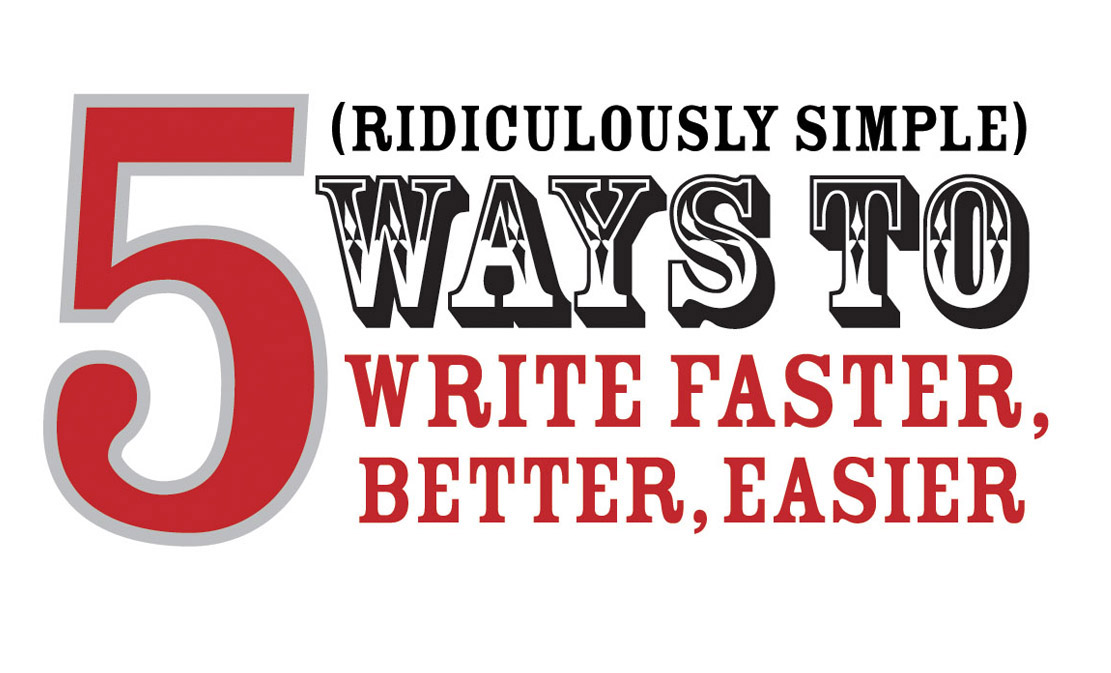“C’mon. How hard is it, really, to ask a few questions to someone when the camera is rolling?”
Asking questions is easy.
Asking the right questions is the hard part

Your audience is begging to hear something special from your interview. Ask the wrong questions and you will not only disappoint an audience but your message has a good chance of being tuned out.
The previous post introduced the concept of employees as being “heroes” in their company video. Indeed, an employee appearing on-camera goes through the classic three part “hero’s journey:” separation, initiation and return.
The Hero’s Journey: The Separation
Let’s take a look at the first part of the “hero’s journey;” the “separation.”
The “separation” happens when a company decides to produce a video and employees are asked to appear in it. You might wonder:
- What is your role?
- Should you give the hero a list of questions ahead of time?
- Does the hero memorize their answers?
- What goes through the mind of the employee?
Here are three simple steps you can use to make your hero feel comfortable before the conversation happens on-camera. These steps will also make you, the interviewer, and your hero feel more confident before the camera rolls.
Step 1. Be a story steward
A steward is a caretaker; someone is responsible to take care of something. As the hero (employee) leaves the comfort of the office and ventures into a new land (the video set), they will need a guide; someone to take care of their story. Ultimately your role is being the “story steward.”
Many years ago, I remember someone totally freezing up on-camera as we started the conversation. After taking a break, I re-assured them their conversation was safe in my hands and it was me who was editing their words and responsible for shaping their story. When I said that, everything changed. The person opened up and felt comfortable knowing they didn’t have deliver a perfect conversation.
Here’s a tip. The hero wants to know what is going to happen to their interview when it’s over. The questions swirling around their head are:
• “Who’s going to see this?”
• “Will my boss see it?”
• “Will management see it?”
• “What if I stumble?”
• “Can I say something again if I mess up?”
• “Do I have to say everything perfectly?”
As the interviewer (that’s you!) and the caretaker, it’s important to let the employee know their words are taken care of; they are in your hands. Reassure them it is you who will take care of their story. It is you who will craft their message in a way that tells their story authentically.
Step 2. Your story is in the answers
What’s easier? Cranking out a list of questions? or writing down answers that you imagine your hero will say? The first, of course.
The problem with just writing a list of questions is that it doesn’t get to the heart of what you want your hero to talk about. Sure, you will get answers if you ask a bunch of questions. But will it be as strong and powerful as it could be?
Writing down the answers you imagine your interviewee will say gets to a deeper level. It gets past the superficial questions that everyone would ask anyways. That is exactly what your audience wants to hear. This is also how video should be used; to capture real, spontaneous, emotional responses. Why bother otherwise?
Step 3. Keep the questions to yourself
“Can I see the questions ahead of time?”
While it’s tempting to let the hero see your questions ahead of time, it’s best not to. If you do, here’s what will most likely happen: they’ll freeze up on the day of filming. Why? Because they were busy memorizing their answers. A conversation comes from the heart. Memorizing answers comes from the head.
Remember, you’re capturing emotional responses at the moment they happen. You’re not re-creating artificial responses. Spontaneity is crucial. The interviewee should certainly know about the themes or ideas you will be talking about but avoid providing specific questions. This keeps things wide open and lends for a fun and engaging conversation.
That about sums it up for now. Have you been interviewed for a company video? Have you ever interviewed someone? What was it like? I’d love to hear from you.
P.S. Originally posted on my FastCompany.com column, "Let's See That Again!"
 The Hero's Journey Pt. 2: Preparing the Video Interview
The Hero's Journey Pt. 2: Preparing the Video Interview
 Monday, December 15, 2008 at 07:39PM
Monday, December 15, 2008 at 07:39PM 




